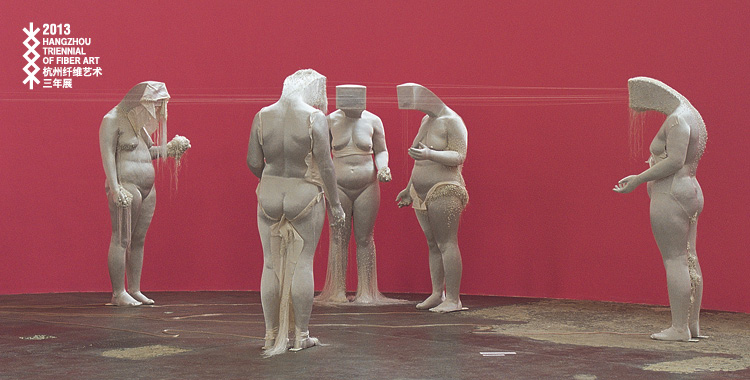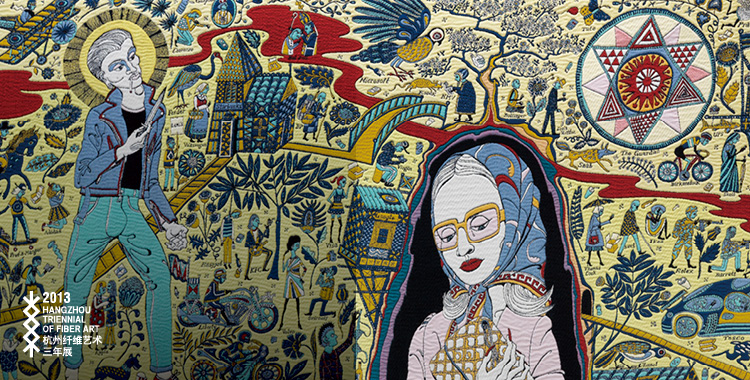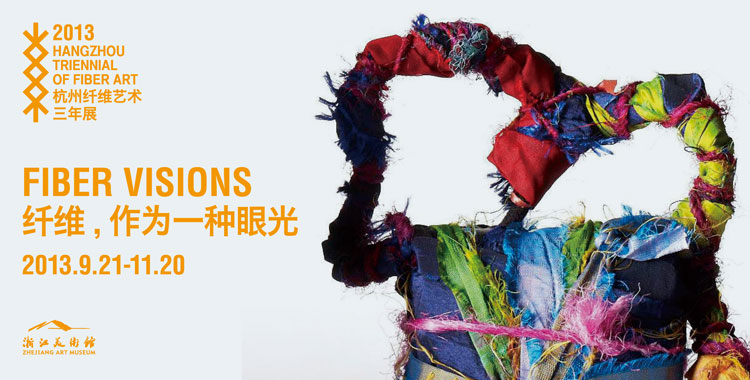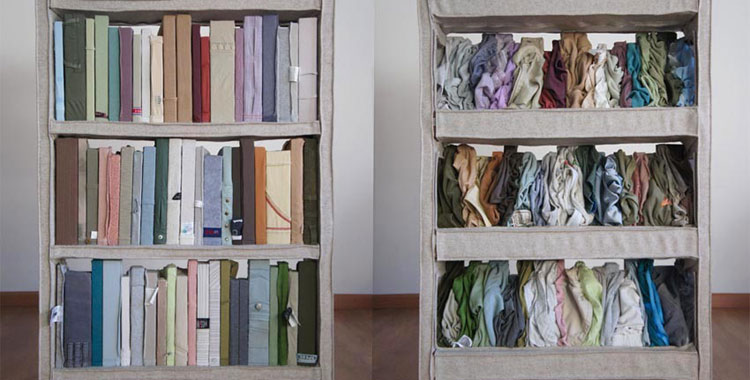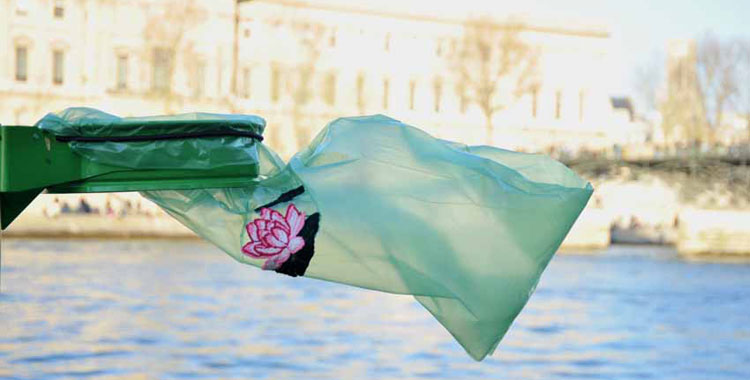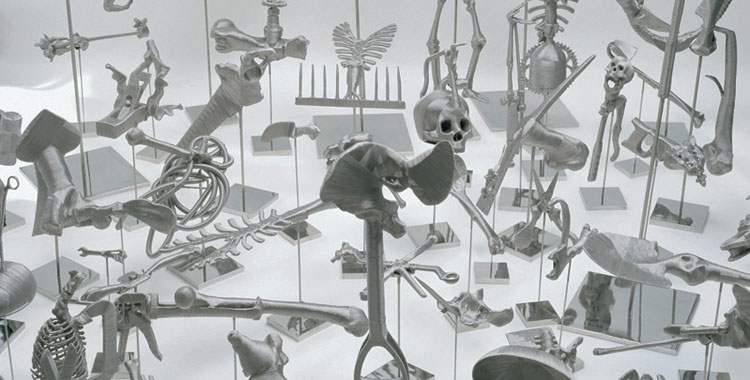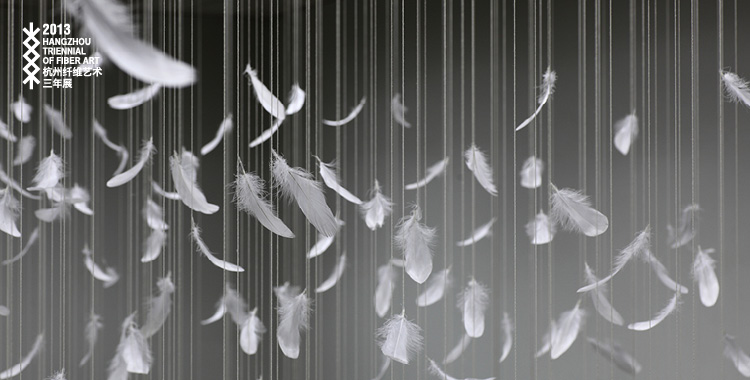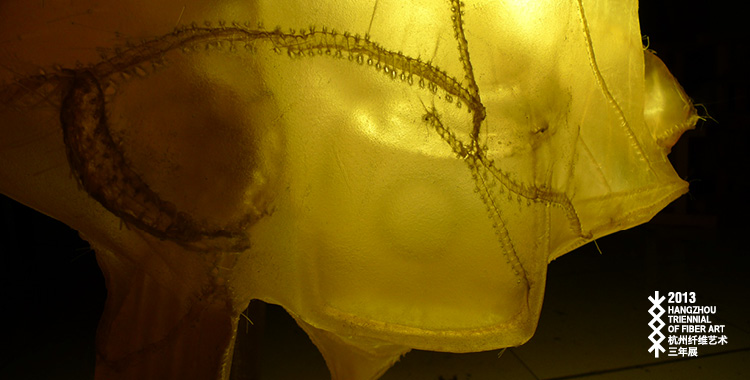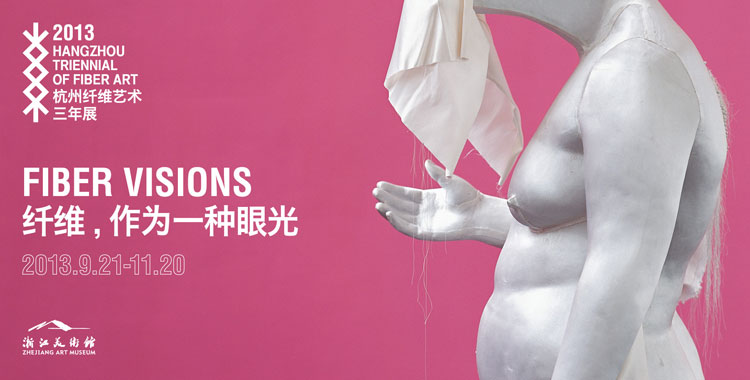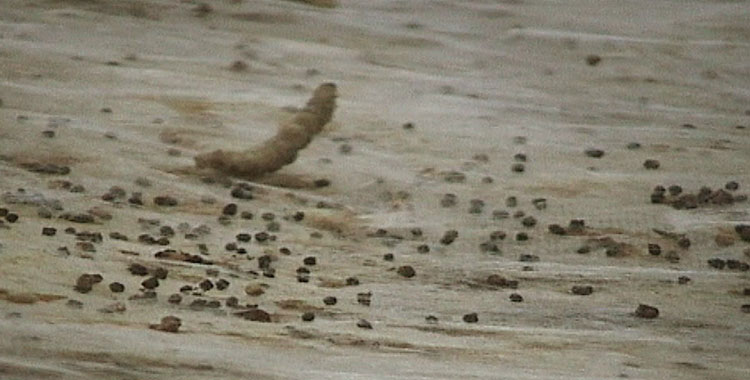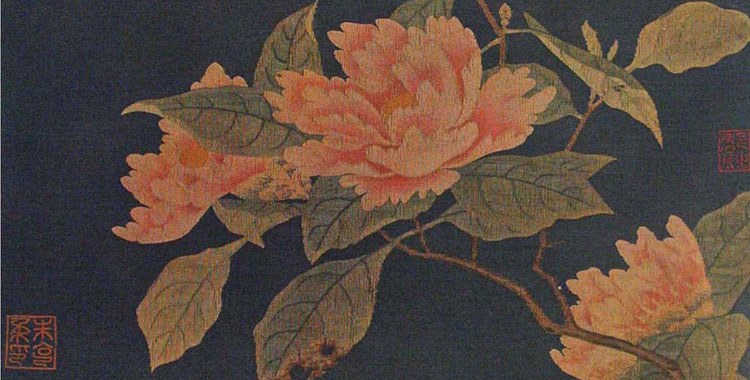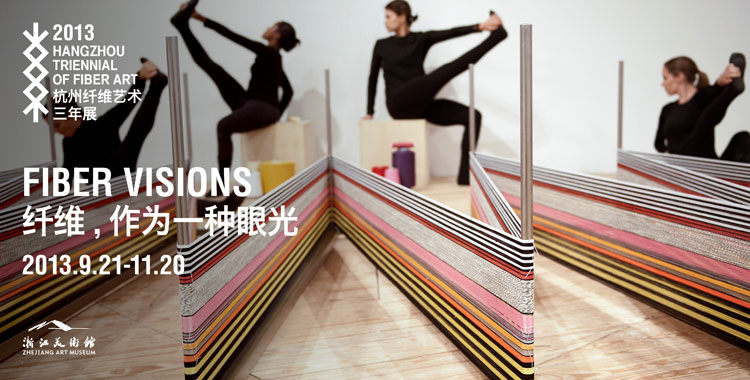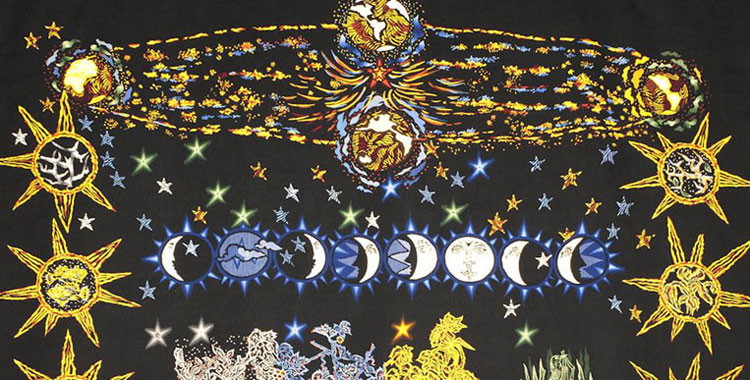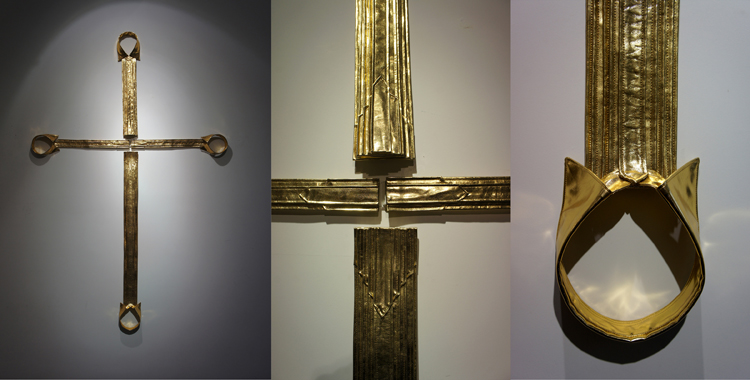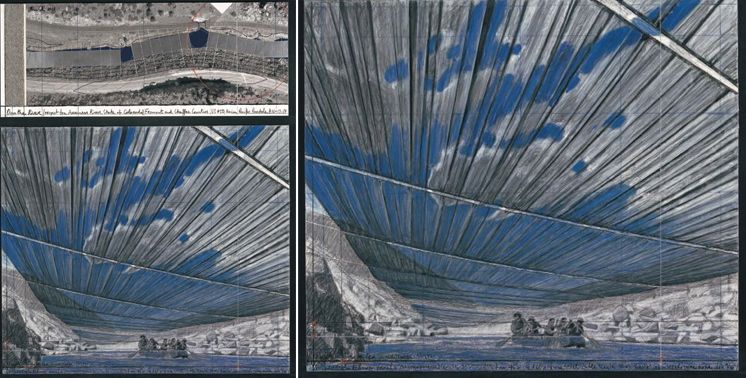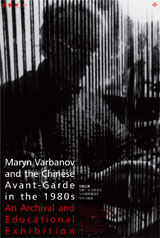2025年12月23日 星期二
Maryn Varbanov and the Chinese Avant-Garde in the 1980s An Archival and Educational Exhibition
Opening: 3:00 p.m, 9th September 2009,.
Date: 9th - 16th September, 2009
Venue:Art Museum of China Academy of Art 218 Nanshan Road, Hangzhou
Organiser: China Academy of Art
Co-organisers:
Varbanov Tapestry Research Centre, China Academy of Art
Visual Culture Research Centre, China Academy of Art
Varbanov Song Art Dome Ltd.
Tracing Maryn Varbanov’s Lifepath
Exhibition of Maryn Varbanov’s Artistic Creations
Display of Maryn Varbanov’s Academic Contributions
The avant-garde movement in China is the most striking episode in the history of modern art in China. In recent years, various publications about the Chinese Art in the 1980s were issued and that decade became a unique subject among China’s contemporary art circles.
How should we face this period of history that has been traced? How can we rediscover its value and meaning in the interwoven historic and cultural context of the present moment and of “those days”? The key question is whether this could clarify the complex relations between the academic institutions and the avant-garde, the “local” and the “international”, the ideology and the artistic experiments. Herein, the case of Wanman as an artist who stood between the East and the West, between tradition and experiment, suggests a specific example with a deep and rich implication on how to review this thrilling historic period.
Wanman’s real name is Maryn Varbanov. He was born in Bulgaria in 1932 and passed away in China in 1989. In 1953, he came to China as an international student and successively studied at Peking University, Central Academy of Art and Central Institute of Art and Design. In 1975 he moved to Paris and in 1986 was invited to teach at Zhejiang Academy of Fine Art (now China Academy of Art) where he established “Maryn Varbanov Tapestry Research Institute”
As an international artist, Maryn Varbanov is both an explorer and a torchbearer. His contribution is represented in two aspects: promoting, enriching and developing “contemporary tapestry art” at the international level; in terms of China, he initiated contemporary art practice within Chinese art education system. The contemporary tapestry experiments proposed by Maryn Varbanov broadened vision of academic artistic creation and brought a breakthrough in material exploration and morphology studies. The so-called “Soft Sculpture” was born out of the breakthroughs in terms of materials and the spatial dimension of Varbanov’s art. Vital connections between modern plastic arts and architectural design were established; at the same time it inspired the early Chinese works of installation art and caused the first media reform in art academies of China.
Bulgaria and China are two countries with long weaving traditions. In these two countries, Maryn Varbanov set up contemporary tapestry research institutes that had broken away from functionality and craft traditions and became bases for academic research and the creation of contemporary art. His free use of “materials” and the way he mastered spatial forms and spatial order also fully demonstrate the experimental spirit of contemporary art. His efforts inspire people to rediscover the connections between art, nature and society. In his second home country China, Maryn Varbanov not only trained a group of tapestry artists who later became known internationally, his wisdom as well as experimental ethos also stimulated the development of contemporary art that had just risen up in China. Varbanov constantly emphasised the importance of introducing Chinese characteristics and traditional elements to Chinese contemporary art. He thoroughly reorganised the Chinese cultural legacy in terms of materials, symbols and spirit, making the legacy of forms and ideas once again a source for artistic experimentation. By creation of contemporary art pieces, he reactivated Chinese traditions. In regards of the striking development of the avant-garde art in the mid-80s, such a revisit to the traditions is even more eloquent. In his own distinctive way Maryn Varbanov managed to bridge the gap between the East and the West, between the “traditional” and the “modern”. His eclectic way of thinking deeply influenced the artistic creation of the late 1980s.
In the movement for contemporary tapestry creation initiated by Maryn Varbanov in 1980s, a large group of young artists were gathered. Among them, such as Gu Wenda, Shi Hui and Liang Shaoji, became outstanding figures of Chinese contemporary art.
In 2009, in order to mark the 20th anniversary of Maryn Varbanov’s death, China Academy of Art organises an archival and educational exhibition “Maryn Varbanov and the Chinese Avant-Garde in the 1980s” in order to trace Maryn Varbanov’s lifepath, exhibit his artistic creations and academic contributions, and at the same time provide a specific perspective for the reflections on Chinese avant-garde.
The exhibition includes tapestries, installations, paintings, manuscripts etc. and presents Maryn Varbanov’s lifelong contribution in the form of an archival exhibition by displaying photographs, notes, videos and other documents. The exhibition also presents Varbanov’s influence on Chinese contemporary art education by exhibiting the latest works of his successors. They are Gu Wenda, Shi Hui, Liang Shaoji, Assadour Markarov, Xu Jin and other members from the Varbanov Tapestry Research Centre of China Academy of Art.
A seminar “Maryn Varbanov and Chinese Avant-Garde in the 1980s” is also organised during the exhibition. Several artists and scholars from all over China are invited to discuss Maryn Varbanov’s artistic achievements and their significance for the artistic exchange between China and the rest of the world as well as to analyse his connection with Chinese Avant-Garde in the 1980s.


